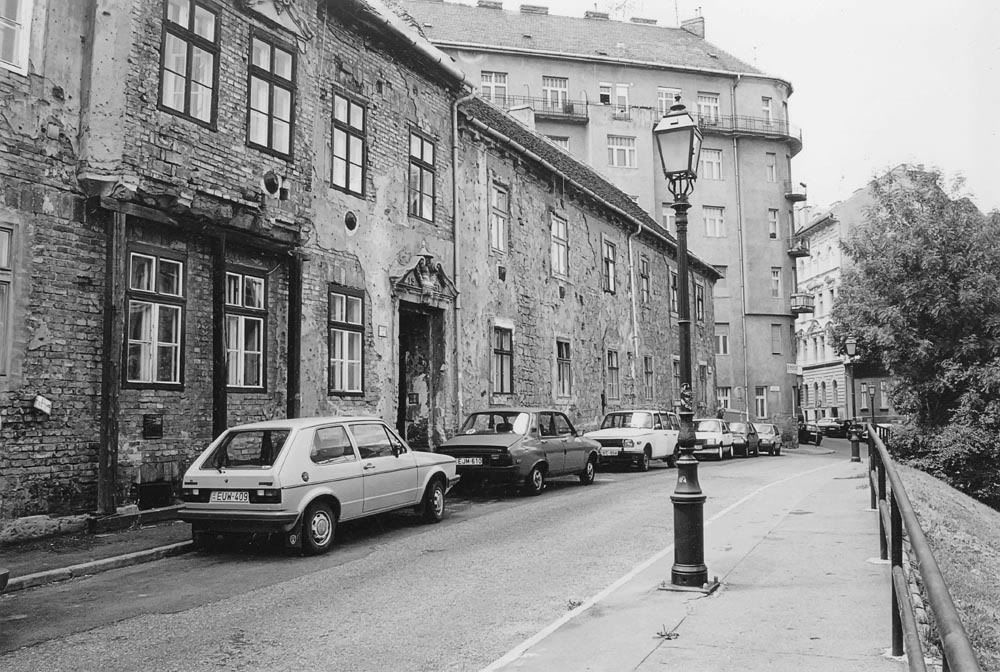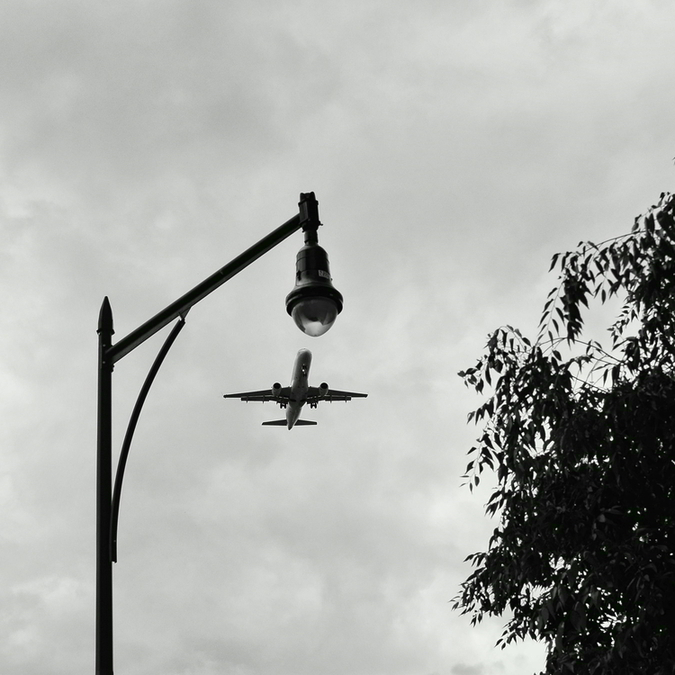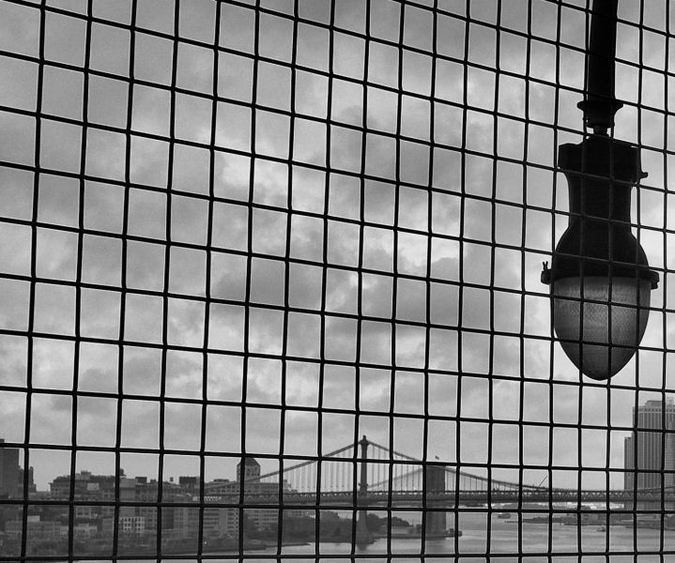Nice Toro lamps Mike.
It reminds me of a story - probably boring to most but maybe you might possibly be interested.
In the 1950's Japanese film director Ozu Jasujiro made a movie called "Tokyo Story" about an elderly couple who visited their children in Tokyo after the war. Essentially it was a movie about the emerging generation gap in Japan as it became more westernized. At the time there must have still been laws passed by the Occupation Forces that films could not be made making political points or referencing anything to do with the war.
But Ozu wanted to make a subtle point and the way he got around it, was in the opening scene to show a Toro lantern from a famous shrine in Hiroshima (which, though never mentioned overtly, was apparently where the elderly couple lived). Nothing was said, just this short shot. Which Ozu knew every Japanese (back then) would understand the point of, but the American censors would not, as they were unlikely to understand the cultural reference. (Or so I have read according to a movie critic so it must be correct - they know everything
🙂 )
This trailer below shows the Toro lamp about 8 seconds in. The point is also made equally subtly by the subsequent scene in which a train (presumably carrying the couple from their home to Tokyo) is passing a hilltop temple. The temple looks to me very like Seikenji Temple situated above the village of Okitsu on the old Tokkaido feudal highway to Edo / Tokyo - there is still a train line immediately below that temple today just as shown in the movie clip. And Japanese at the time of the film would have taken it as confirmation of the hint that this film was about a couple from Hiroshima because that train is the one they would have had to take on their journey. (Seikenji was also famous because Tokugawa Ieyasu, the Shogun who unified Japan in the early 1600's was known to have spent part of his childhood there.) All of this stuff is no doubt forgotten today even in Japan but might have been well known and obvious to a Japanese audience in the early 1950's.
https://www.youtube.com/watch?v=67CoB55DS-o
All of that is apropos nothing but I thought you might appreciate the story.
 Structure, Colour 6 by Life in Shadows, on Flickr
Structure, Colour 6 by Life in Shadows, on Flickr Verticals 2 by Life in Shadows, on Flickr
Verticals 2 by Life in Shadows, on Flickr _DSC3670a by Life in Shadows, on Flickr
_DSC3670a by Life in Shadows, on Flickr _1000415e by Life in Shadows, on Flickr
_1000415e by Life in Shadows, on Flickr Melbourne at night by Life in Shadows, on Flickr
Melbourne at night by Life in Shadows, on Flickr Structure, Colour 6 by Life in Shadows, on Flickr
Structure, Colour 6 by Life in Shadows, on Flickr Verticals 2 by Life in Shadows, on Flickr
Verticals 2 by Life in Shadows, on Flickr _DSC3670a by Life in Shadows, on Flickr
_DSC3670a by Life in Shadows, on Flickr _1000415e by Life in Shadows, on Flickr
_1000415e by Life in Shadows, on Flickr Melbourne at night by Life in Shadows, on Flickr
Melbourne at night by Life in Shadows, on Flickr















